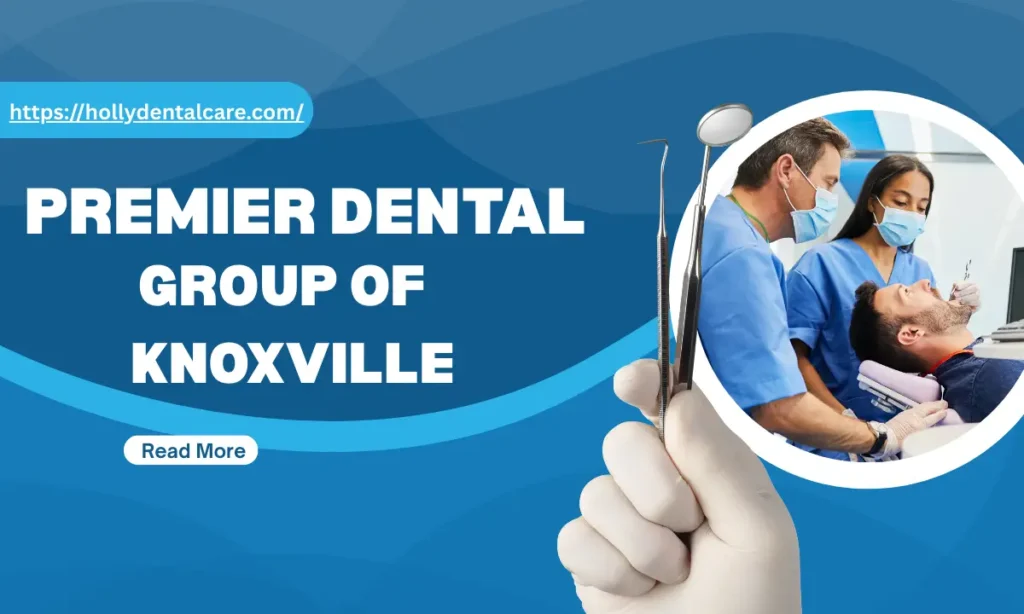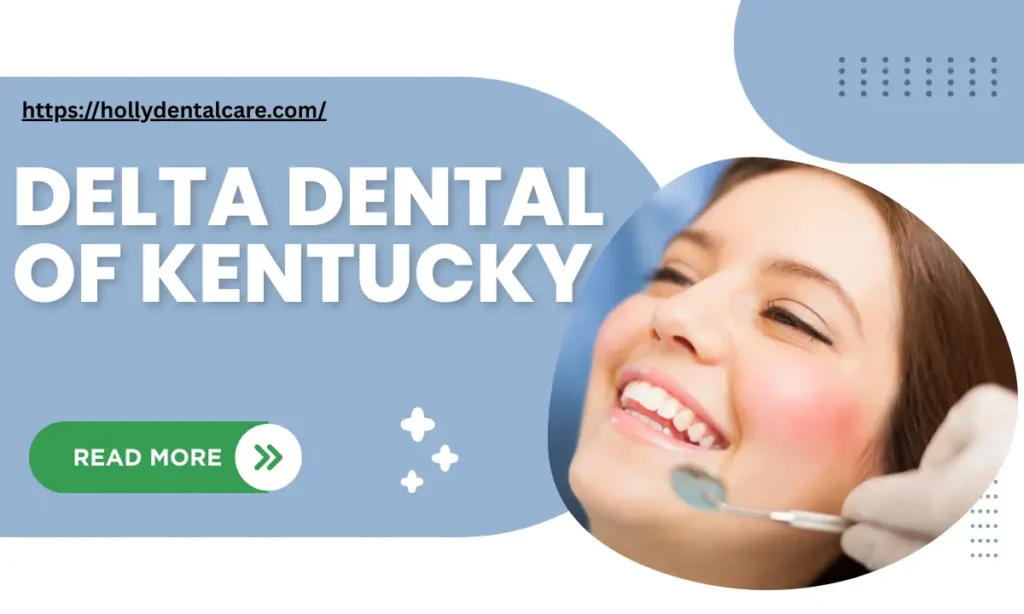How to Remove Tartar from Teeth: Tartar sets on the teeth in the case of a cleaning omission that gives plaque a chance to get hardened. So besides discoloration, tartar causes bad breath and increases the risk of gum disease and ultimately to tooth loss. Plaque hardening requires minerals from saliva. Factors mainly causing the condition include poor oral hygiene, smoking, sugary diet, and mouth breathing, which are acting through risk effects. Minimizing the chances of tartar formation depends on brushing, flossing, and going to the dentist.
What is Tartar
Tartar, which is referred to as dental calculus, is hardened plaque formed when plaque is allowed to mature with no regular brushing or flossing. In contrast to soft plaque, hardened plaque attaches firmly to the teeth and must thus be removed by professional means. The process of accumulation dulls teeth, causes bad breath, and predisposes one to possible gum inflammation (gingivitis) and, if untreated, progresses further into a more advanced condition of gum disease called periodontitis, which could lead to the loss of teeth. Hardened plaque dissolves the minerals of calcium and phosphate present in saliva. Poor oral hygiene, sugary diet, smoking, mouth breathing, and saliva with an extremely high mineral content are all risk factors that require proper formulation for the prevention and timely removal of hardened plaque.
How to Remove Tartar from Teeth
Truly, once tartar forms, dental intervention becomes the only useful and safe method of treatment. Most often, this will include office cleaning procedure performed by a dentist and sometimes by a dental hygienist, where special techniques and instruments are deployed for the complete removal of tartar without injuring the teeth and gums.
Scaling and Polishing
Scaling is the process wherein the dentist removes tartar deposits from above and below the gum line using either manual or ultrasonic scalers. Manual scalers scrape and lift tartar deposits, while the ultrasonic cleansers disperse and wash away the debris using water under high-frequency vibrations. Tooth polishing after scaling smooths down the tooth surface and makes it less prone to plaque formation.
Root Planing
Root planing is performed for patients who suffer from gross deposits of tartar under the gum line or early signals of periodontal disease. Deep cleaning in root planing smoothens the tooth roots so that they could not reattach bacteria and also stimulates the healing of gum tissues and the reattachment of them to teeth.
Laser Treatment
Some of the state-of-the-art dental clinics use laser technology to get rid of tartar, and in doing this, they provide minimally injurious, less hemorrhagic, less painful, and speedy healing procedures for their patients. Although not very popular as scaling, laser treatment is one of the best alternatives for patients who suffer from hypersensitive gums or advanced gum disease.
Dental Check-up Frequency
Routine dental checkups (every six months or as instructed by your dentist) are necessary because, no matter how good one’s oral care at home is, tartar forms in hard-to-access areas such as behind the lower front teeth and on the lower gum line. These professional removals keep your oral health in line and assist in preventing issues from arising.
Home Remedies to Remove Tartar from Teeth
Tartar will never go away completely if formed, beyond the removal capacity of a dentist; however, preventive measures can be practiced at home to avert tartar formation and promote oral health.
Proper Brushing Technique
Two brushing sessions per day with fluoride toothpaste aid plaque removal before it hardens into tartar. Using a soft-bristled toothbrush at a 45-degree angle against the gums with gentle circular strokes for approximately two minutes is adequate. Major focus should be directed toward unreachable areas such as back molars and along gum lines.
Flossing Daily
Cavity-causing plaque and bits of food will retain their residence between the gaps of teeth- spaces not reachable with a toothbrush. With the greatly reduced tartar formation and gum diseases, flossing becomes a necessary defense.
Tartar-Control Toothpaste & Mouthwash
Special importance is placed on the older kinds of dentifrice that inhibit tartar hazard- these contain pyrophosphates or zinc citrate as active ingredients that prevent formation of tartar. Antibacterial mouthwash can reduce the bacteria associated with plaque formation in the mouth while providing a feeling of freshness.
Traditional Remedies
- To pull out the bad bacteria and encourage oral hygiene, coconut or sesame oil is swished in the mouth for 10 to 20 minutes.
- Applying the gentle abrasive nature of baking soda on enamel from time to time is good for its whitening and very mildly abrasive action that helps deter plaque accumulation, but overuse can cause enamel damage.
Diet and Lifestyle Adjustments
- Flowering sugar-laden foods and drinks which further foster bacteria.
- Avoid smoking since it hastens the tartar formation and stains in teeth.
- Drink enough water to enhance saliva flow for natural defense against tooth decay.
Real Facts & Signs You Need a Dentist
- Scrubbing the tartar with the brush makes it easier to remove – Scrubbing with the brush too much damages enamel and gums, and tartar is not made from it.
- Tar Removal Devices for Homes Work as Professionally – With a wrong tool used in a do-it-yourself exit, gingivitis and even damage to the enamel may take place. Scaling should be performed by a professional only.
- Tartar Removal by using Whitening Toothpaste – It only removes surface stains, while hardened tartar is unaffected through whitening toothpaste.
When to Seek Professional Help
- Continuous obnoxious smell coming out of one’s mouth despite the other efforts.
- Gums bleeding, swollen, and red.
- Teeth hide feeling “rough” or having deposits yellowish/ brown embedded in gum lines.
Conclusion
Tartar accumulation is perhaps one of the most common dental problems, and luckily, one of the preventable ones. Professional cleaning by a dental hygienist is the only solution for “How to Remove Tartar from Teeth”. Tartar control products and diet are part of accepted oral hygiene by dentist’s definition. Prevention is better than cure, hence regular brushing, oral flossing and check-ups done by dentists is a good routine of keeping that sweet smile clean and bright.
Also read:- What’s the Colour of Naturally Healthy Teeth? The Truth Revealed



